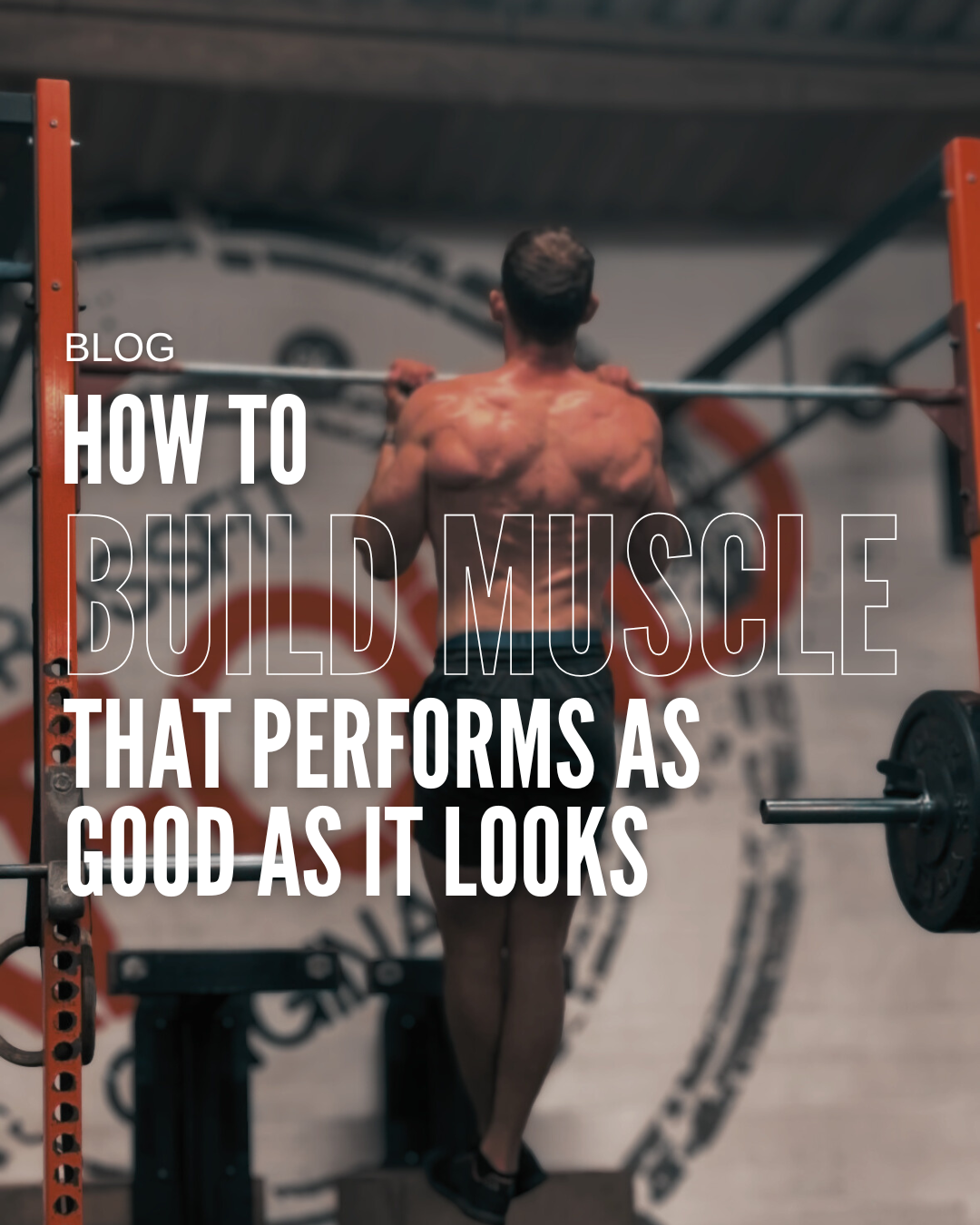

The 10 Benchmarks at 50 That Prove You’re On Track for Your 60s and 70s...
Reaching 50 isn’t the start of decline, it’s the decade where smart training can set you up to thrive for the next 30 years.
The choices you make now will largely determine whether your 60s and 70s are spent enjoying life on your own terms or managing preventable health limitations.Inspired by Peter Attia’s Centenarian Decathlon and the latest exercise science, here are 10 physical benchmarks you should be able to hit at 50. Each one is a powerful signal that you’re not just ageing, you’re ageing well.At Priority 6 our gym in Abingdon, we monitor these sort of stats to ensure we don't just train for the gym, be we train for life! Through training with Crossfit workouts, encouraging our members to try Hyrox events and more we help our members head towards these sort of physical feats so they thrive NOW and later in life!
1. Carry Two Full Shopping Bags (20–25 kg total) for 50 Metres
Why it matters: Grip strength is one of the strongest predictors of longevity. It’s not just about carrying groceries, it’s about keeping the strength to move loads, lift grandkids, and maintain bone density.How to improve:
- Farmer’s Carries – Walk 20–40 metres with dumbbells or kettlebells.
- Deadlifts – Build whole-body strength with proper form.
- Towel Pull-Ups or Hangs – Challenge grip endurance.
2. Get Off the Floor Without Using Your Hands
Why it matters: The “sit-to-stand” test predicts mortality risk. This movement reflects mobility, balance, and lower body strength, all crucial for avoiding falls and maintaining independence.How to improve:
- Turkish Get-Ups – A mobility and strength powerhouse.
- Deep Squat Holds – Maintain hip and ankle range.
- Single-Leg Step-Ups – Develop leg strength for rising from low positions.
3. Climb Four Flights of Stairs Without Getting Winded
Why it matters: This is a simple, everyday VO₂ max test. If you can do it easily, your heart, lungs, and mitochondria are in good shape.How to improve:
- Zone 2 Cardio – 30–60 minutes of brisk walking, cycling, or rowing at conversational pace.
- Stair Intervals – Short bursts to build power and resilience.
- Incline Hiking – Functional cardio with a strength bonus.
4. Deadlift 1.5× Your Bodyweight
Why it matters: Strength is a “health currency” in later life. A strong posterior chain means better posture, stronger bones, and better metabolic health.How to improve:
- Progressive Deadlift Training – Add weight gradually.
- Romanian Deadlifts – Focus on hamstrings and glutes.
- Core Bracing Drills – Planks, bird dogs, and anti-rotation holds.
5. Balance on One Leg for 30 Seconds (Eyes Closed)
Why it matters: Balance issues are one of the earliest warning signs of reduced functional ability. Good balance prevents falls and keeps your nervous system sharp.How to improve:
- Single-Leg Stands – Daily practice, eyes open and closed.
- Yoga Tree Pose or Warrior III – Improves proprioception.
- Bosu or Balance Board Work – Adds instability challenges.
6. Walk 5 km in Under 45 Minutes
Why it matters: Walking speed is one of the simplest, most accurate indicators of future independence. If you walk quickly, you’re likely moving well in all other areas.How to improve:
- Daily Brisk Walks – Make it a non-negotiable.
- Interval Walking – Alternate fast and moderate paces.
- Leg Strength Work – Squats and lunges make walking easier.
7. Hang From a Bar for 60 Seconds
Why it matters: Hanging strengthens grip, decompresses the spine, and keeps shoulders mobile, all of which fight the effects of sedentary living.How to improve:
- Dead Hangs – Start with short holds, increase over time.
- Scapular Pull-Ups – Activate shoulder stabilisers.
- Farmer’s Carries – Cross-train your grip.
8. Push Up From the Floor 20 Times Without Stopping
Why it matters: Push-ups are a quick test of upper body strength and muscular endurance. Losing this ability often signals general physical decline.How to improve:
- Push-Up Variations – Incline, decline, and narrow-grip.
- Bench or Dumbbell Press – Build pressing power.
- Triceps Dips – Strengthen lockout phase.
9. Hold a Plank for 2 Minutes
Why it matters: Your core isn’t just about aesthetics, it’s your stability centre. A strong core protects your spine, improves movement efficiency, and supports nearly every activity.How to improve:
- Standard Plank Progressions – Increase duration gradually.
- Side Planks – Build lateral stability.
- Loaded Carries – Train core under movement.
10. Lift 10 kg Overhead Safely
Why it matters: Overhead lifting tests shoulder mobility and stability. This is essential for daily life, from storing luggage to reaching high shelves.How to improve:
- Overhead Press – Barbell or dumbbells.
- Face Pulls & Band Pull-Aparts – Strengthen stabilising muscles.
- Thoracic Mobility Drills – Unlock better movement.
Wrapping it up...
If you can hit all 10 of these benchmarks at 50, you’re stacking the odds heavily in your favour for living an active, independent life well into your 70s and beyond. If you’re not there yet, good news, you can train for every single one of them.Longevity isn’t about avoiding age, it’s about building a body that serves you for decades.
The best time to start was yesterday. The second best time? Today, right now, by getting in touch with us! We can help identify the weakness, to help you give your training purpose and direction and even send over a done for you plan of attack!Team P6
)-5.png)


)-4.png)

)-3.png)